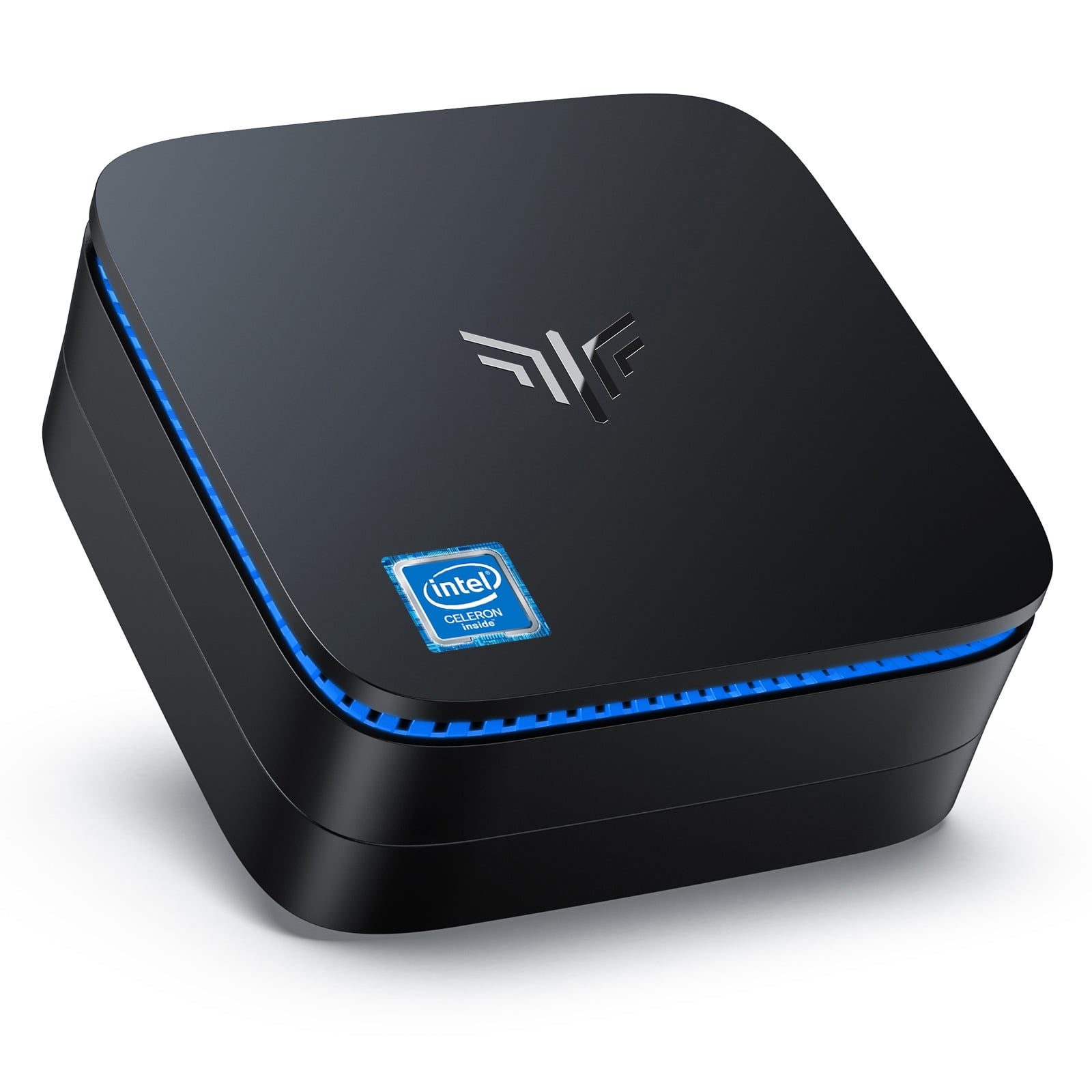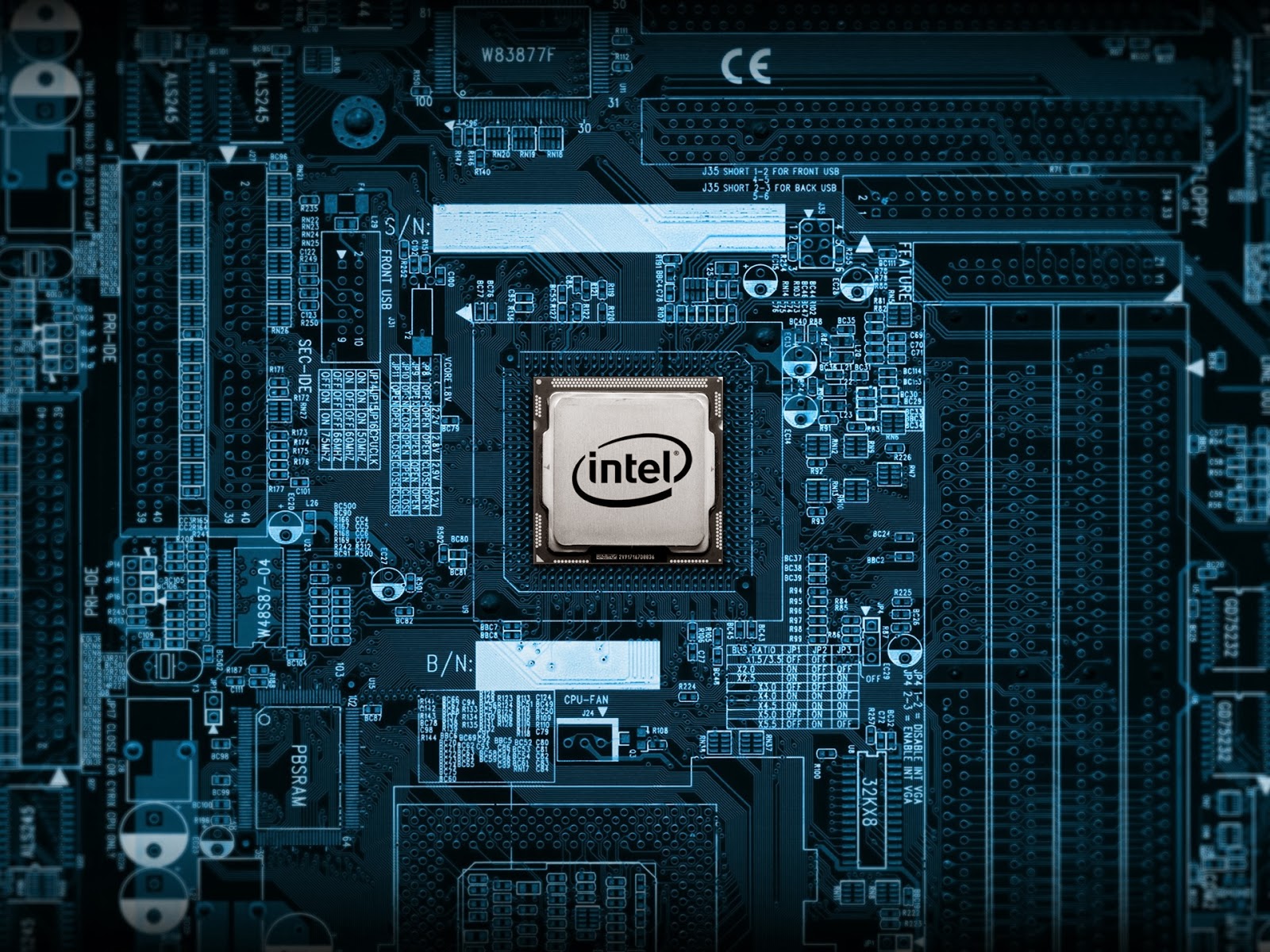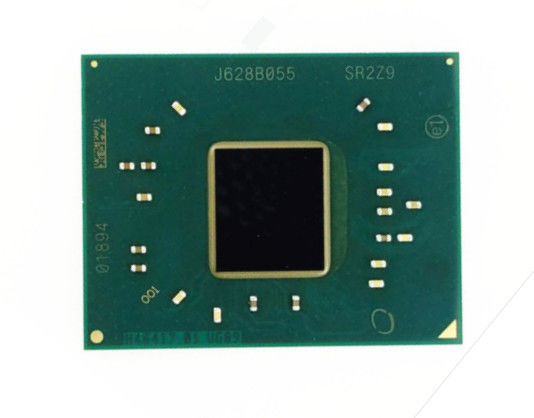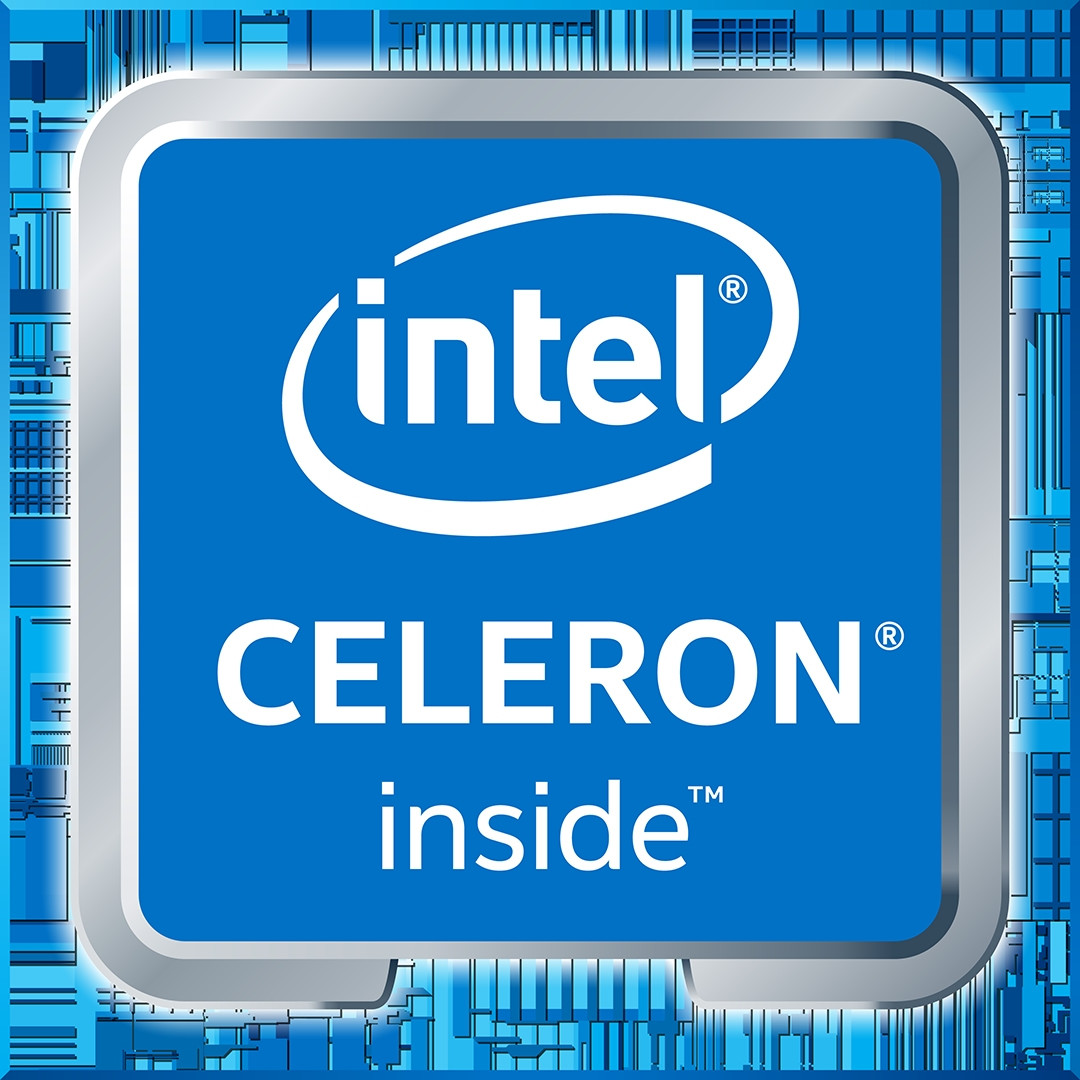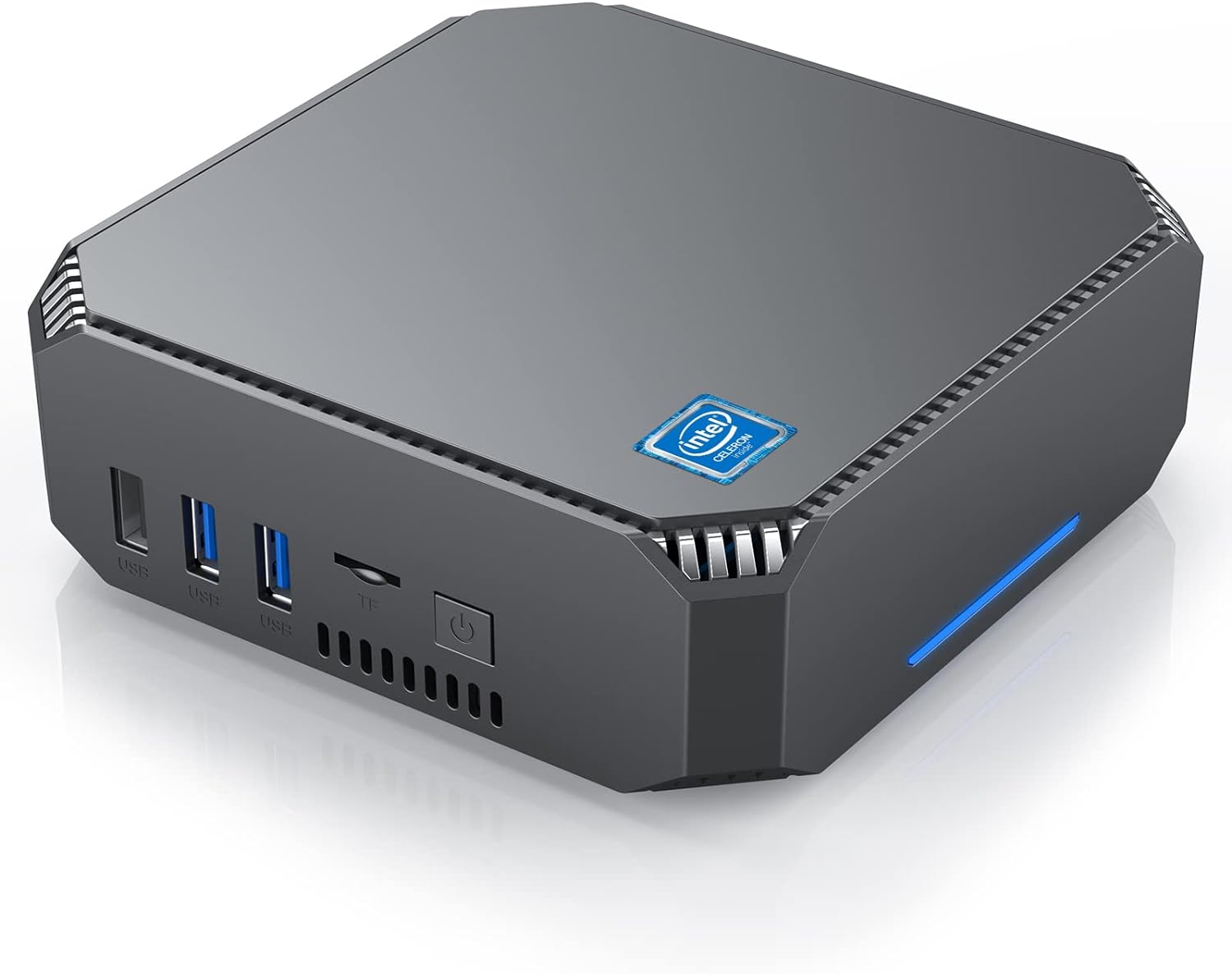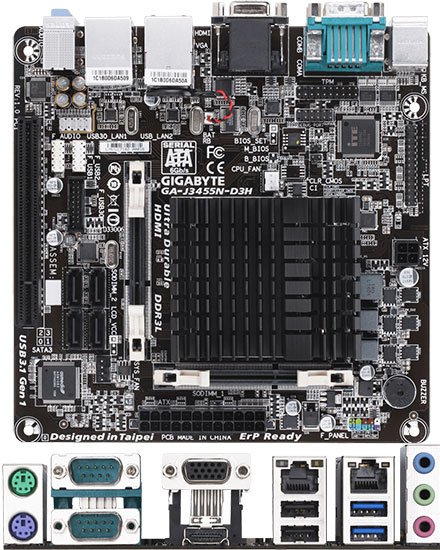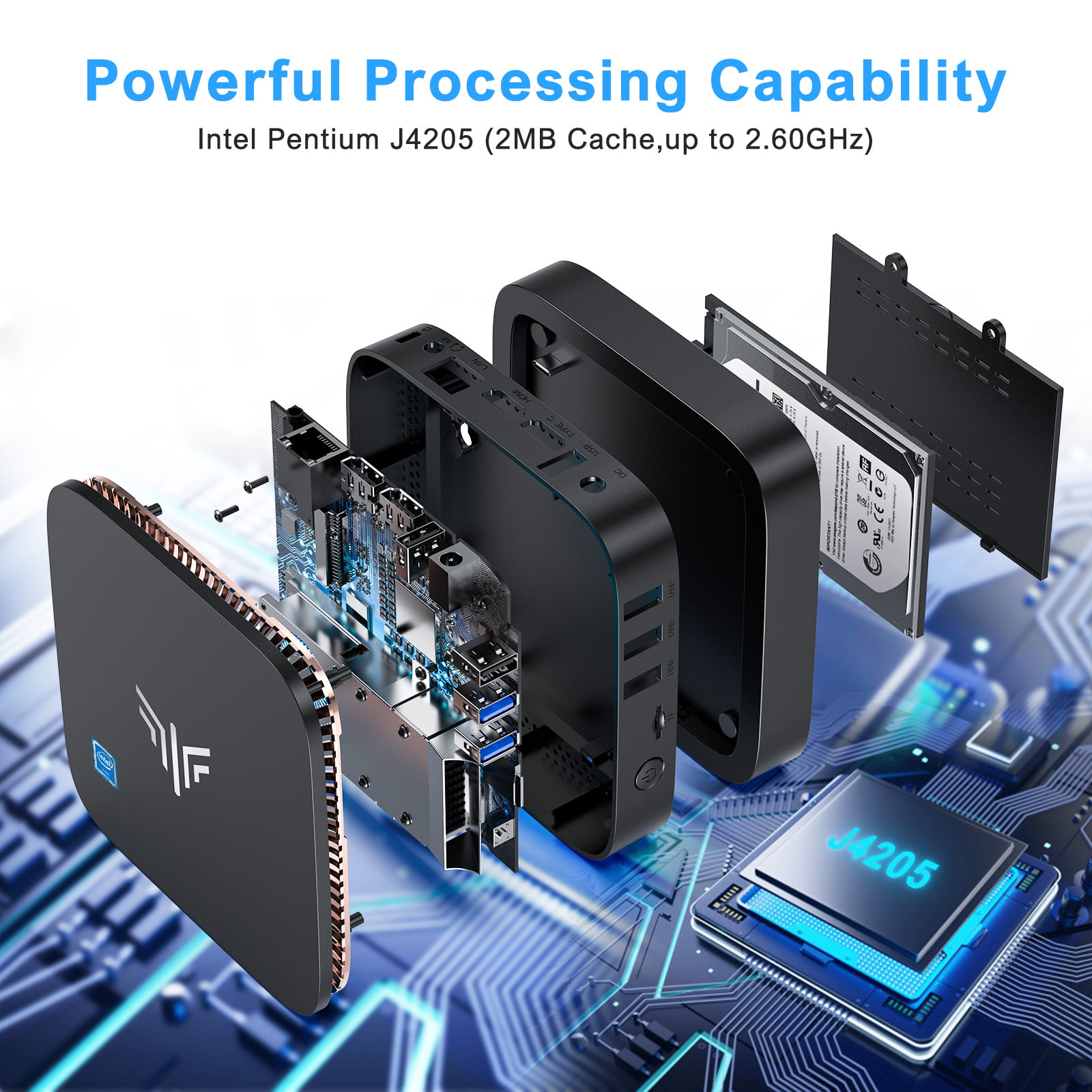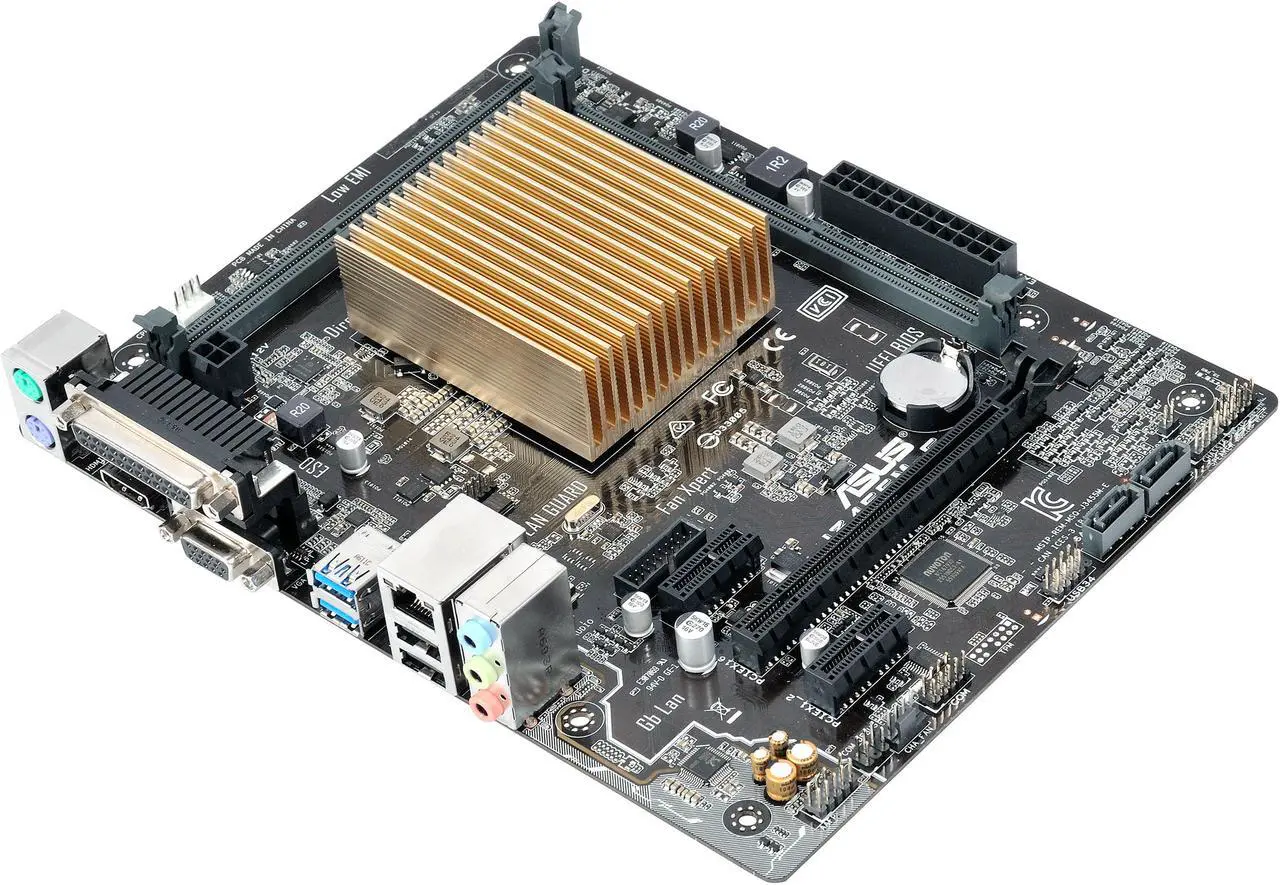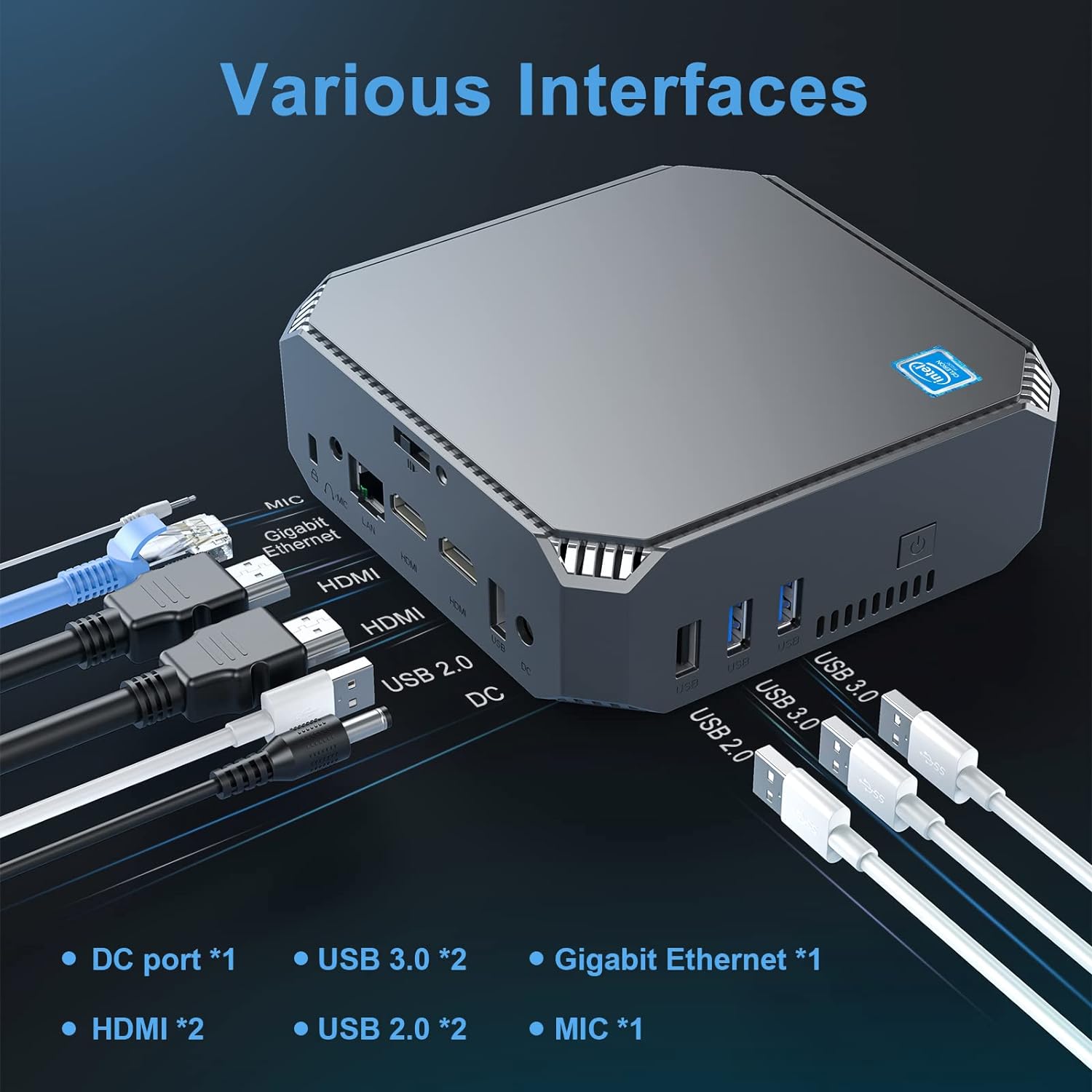Intel Celeron J3455 Processor Review

Consumers beware: the Intel Celeron J3455 processor, once a budget-friendly option, reveals significant performance limitations in modern computing tasks. Is it still viable in today's market?
The Celeron J3455, a quad-core processor launched in Q4 2016, aimed to deliver entry-level performance. However, its aging architecture struggles with contemporary software demands, impacting user experience across multiple applications.
Celeron J3455: A Deep Dive into Performance Deficiencies
The Intel Celeron J3455, built on a 14nm process, features a base clock speed of 1.5 GHz and a burst frequency of 2.3 GHz. It integrates Intel HD Graphics 500 with 12 execution units.
Independent benchmark tests reveal limitations in CPU-intensive tasks. Video editing, complex calculations, and even demanding web browsing can exhibit lag and unresponsiveness.
Gaming Performance: Severely Limited
Gaming is severely limited by the integrated Intel HD Graphics 500. Modern titles are unplayable even at the lowest settings.
Older or less demanding games might run, but at significantly reduced frame rates. This makes the J3455 unsuitable for gaming beyond basic casual titles.
Everyday Use: Noticeable Slowdowns
While adequate for basic tasks like document editing and email, slowdowns become noticeable when multitasking. Running multiple browser tabs or background applications can strain the processor.
Users report delays in application loading times and general system responsiveness. These issues detract from overall productivity.
Where and When is the J3455 Still Found?
The Celeron J3455 is commonly found in older, budget-friendly laptops, mini PCs, and NAS devices. These devices were primarily sold between 2017 and 2020.
Consumers purchasing used or refurbished devices should carefully consider the processor. The Celeron J3455's age impacts its suitability for modern workloads.
Why the Celeron J3455 Struggles
The processor's age and low clock speeds contribute to its performance shortcomings. Its architecture lags behind modern processors in terms of efficiency and power.
Furthermore, the limited integrated graphics offer minimal support for demanding graphical applications. This further restricts its overall capabilities.
Alternatives to Consider
For users seeking budget-friendly options, newer processors offer significantly improved performance. Consider alternatives from Intel's newer Celeron or Pentium lines.
AMD's Ryzen APUs also provide a compelling option with better integrated graphics. These alternatives offer a smoother and more responsive user experience.
Ongoing Developments and Next Steps
While the Celeron J3455 is unlikely to receive further updates, consumers can optimize performance through software management. Minimizing background processes and keeping drivers updated might offer marginal improvements.
Ultimately, users facing significant performance limitations should consider upgrading their hardware. Investing in a more modern processor offers a substantial boost in overall system responsiveness.
The Intel Celeron J3455, while once a cost-effective solution, is showing its age in today's demanding computing landscape. Proceed with caution when considering devices powered by this processor.


